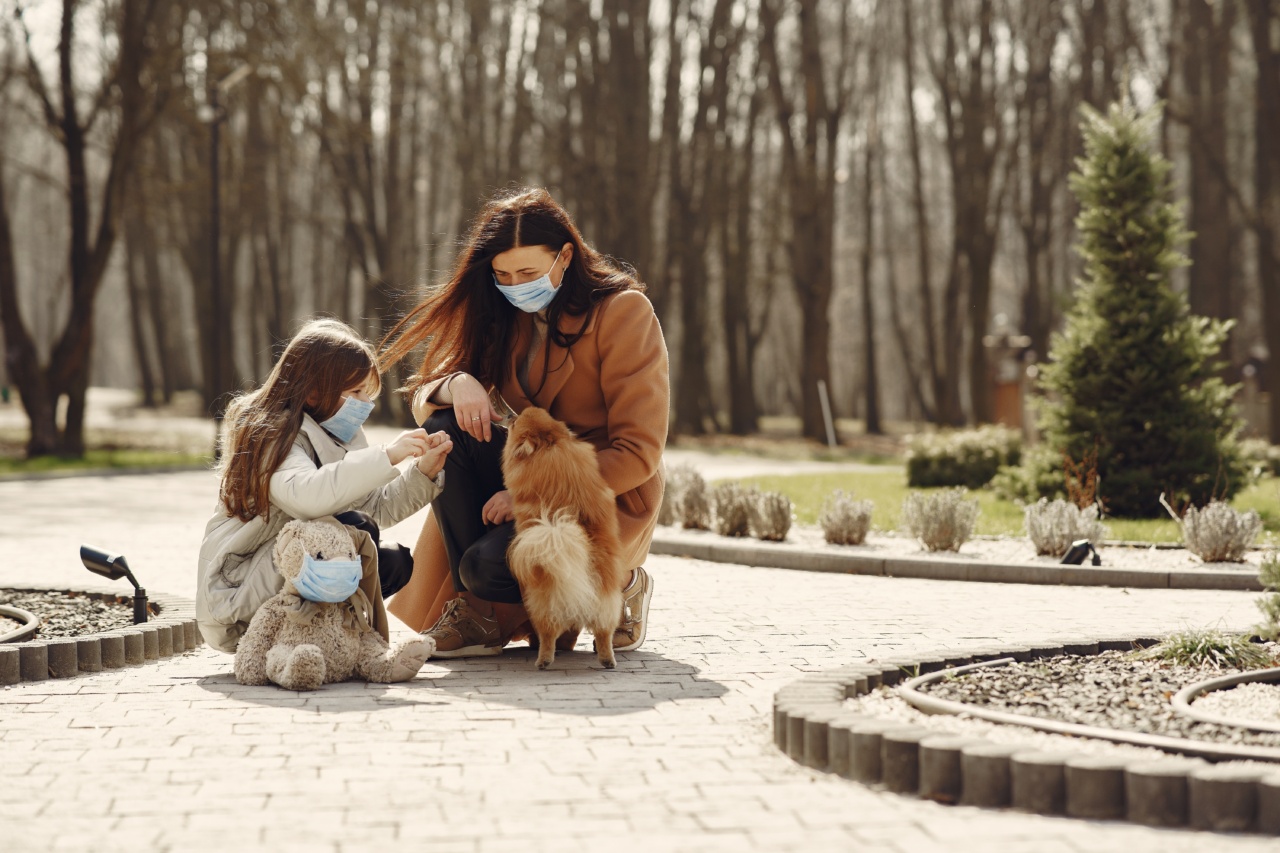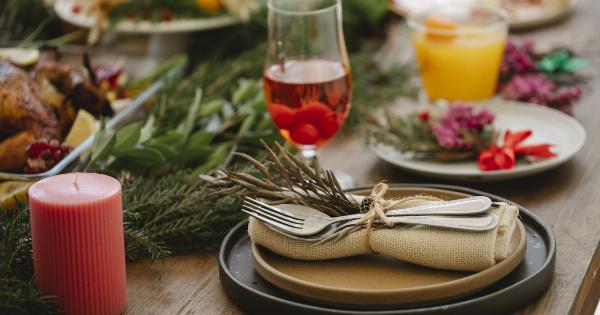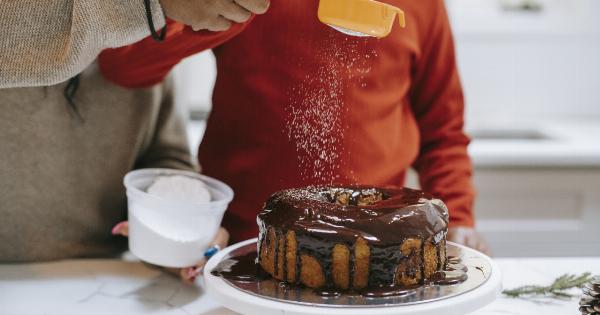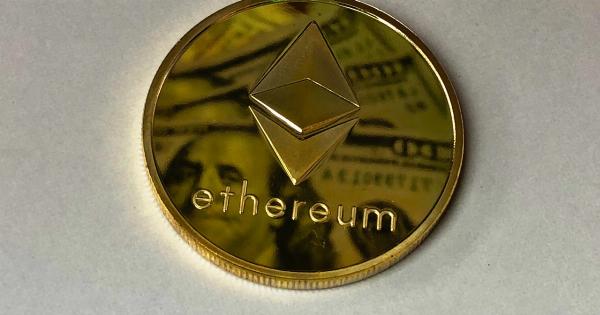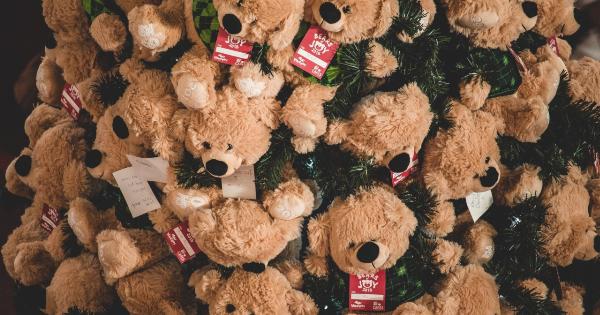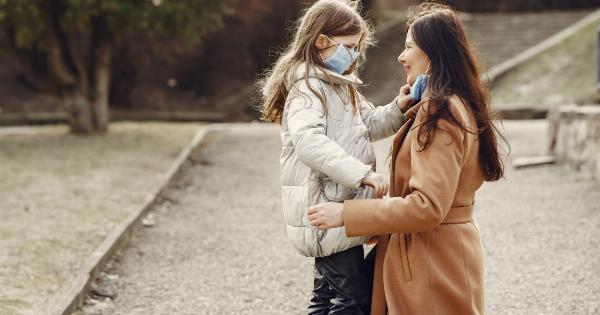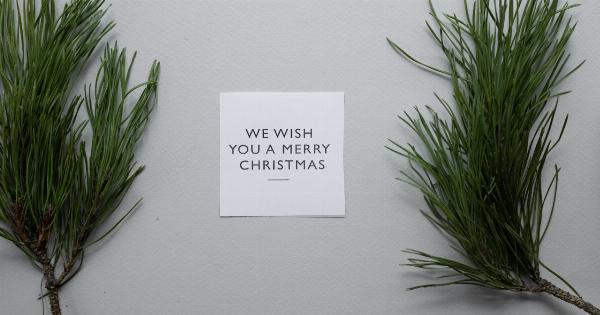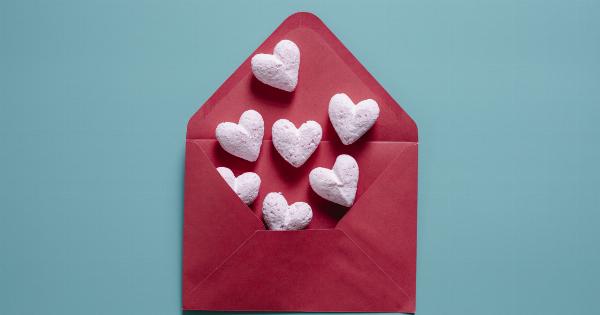As the holiday season approaches, many of us find ourselves caught up in the hustle and bustle of shopping, decorating, and entertaining.
While it’s easy to get swept away in the holiday rush, it’s important not to forget about the safety and well-being of our four-legged family members. The holidays can pose various hazards to our pets, from toxic foods to potential accidents. This article will discuss seven potential hazards and provide tips on how to keep your pets safe during this festive time.
1. Dangerous Foods
The holiday season is synonymous with feasting and indulging in delicious treats. However, there are numerous foods we enjoy during this time that are toxic or potentially harmful to our pets. Some common examples include:.
- Chocolate: Chocolate contains theobromine, a stimulant that can be toxic to dogs and cats. Keep it out of their reach.
- Xylitol: Found in many sugar-free products, xylitol can cause a sudden drop in blood sugar levels in pets and lead to liver failure.
- Grapes and raisins: These seemingly harmless fruits can cause kidney failure in dogs.
- Onions and garlic: These ingredients, often found in holiday dishes, can damage a pet’s red blood cells.
Make sure to keep these foods securely stored and away from curious pets. Remind your guests not to feed your pets any table scraps, as it may contain ingredients that are harmful to them.
2. Decorations
Decorating our homes is an essential part of the holiday season, but it’s vital to keep decorations pet-friendly. Here are a few potential hazards to watch out for:.
- Tinsel and ribbons: These shiny objects can be enticing to cats, but if ingested, they can cause gastrointestinal blockages that may require surgical intervention.
- Ornaments: Fragile ornaments can easily break if knocked over, posing a risk of injury to both pets and humans. Place them high on the tree or opt for shatterproof alternatives.
- Christmas lights: Pets may be tempted to chew on electrical cords, leading to electric shocks or even burns. Keep cords out of their reach or use cord covers.
Consider your pet’s behavior and tendencies when choosing decorations for your home. Opt for pet-safe and durable alternatives whenever possible.
3. Toxic Plants
Many of the plants commonly associated with the holiday season can be toxic to pets if ingested. Some examples include:.
- Poinsettias: Contrary to popular belief, poinsettias are only mildly toxic. However, they can still cause mild digestive upset in pets.
- Mistletoe and holly: These festive plants can cause severe gastrointestinal issues and even cardiac problems if ingested by pets.
- Lilies: While not specific to the holiday season, lilies are particularly dangerous to cats, causing kidney failure if consumed.
If you plan on having these plants in your home, ensure they are placed in an area inaccessible to your pets or opt for artificial alternatives.
4. Candles and Open Flames
Candles are a common sight during the holiday season, but they pose a fire risk and can be hazardous to pets. Curious pets may accidentally knock them over or singe their fur.
Keep candles and other open flames securely placed on stable surfaces, away from your pets’ reach.
5. Increased Foot Traffic
Holiday gatherings often mean an increase in the number of people coming in and out of your home. This can be stressful for pets, especially those prone to anxiety or fear. Take precautions to ensure your pets are safe and secure during these times:.
- Designate a quiet, safe space for your pets where they can retreat to if they feel overwhelmed.
- Inform your guests about your pets and provide guidelines to prevent accidental escapes or stressful situations.
- If necessary, consider confining your pets to a specific area of the home with access to food, water, and their favorite toys.
Remember to give your pets plenty of attention and reassurance amidst the holiday chaos.
6. Increased Stress Levels
The holiday season can bring about additional stress for both humans and pets. Changes in routine, loud noises, and general commotion can impact your pets’ well-being.
Be attentive to signs of stress in your pets, such as excessive barking, hiding, or destructive behavior. Provide them with a calm and quiet space where they can relax and unwind.
7. Stress Responses in Pets
Even the most well-behaved pets can exhibit unusual behaviors when stressed or anxious. Keep an eye out for these stress responses:.
- Licking or chewing paws excessively
- Pacing
- Loss of appetite
- Whining or howling
- Aggression
If you notice any concerning changes in your pets’ behavior or health during the holiday season, consult your veterinarian for further guidance and support.
